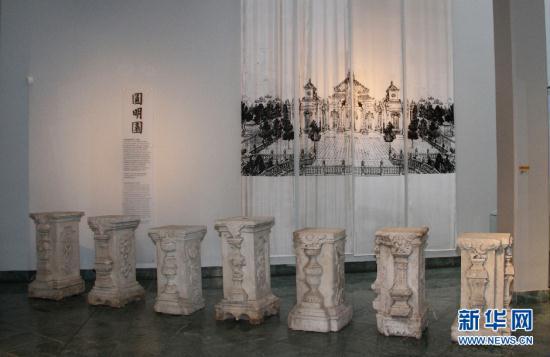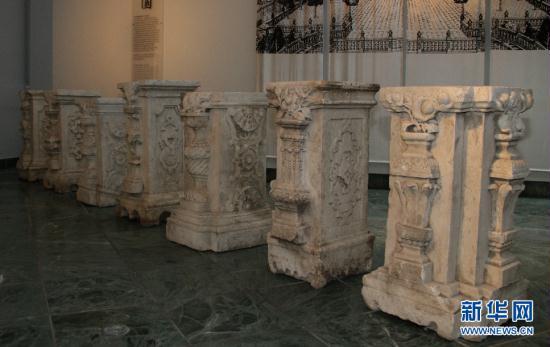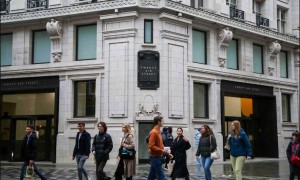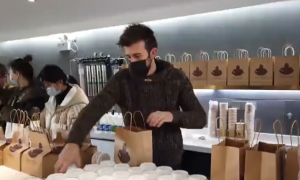Seven marble columns, which were taken from Beijing’s Yuanmingyuan or the Old Summer Palace in the mid 19th century, are coming back home. A Norwegian museum is returning them under a deal brokered by a Chinese tycoon and Peking University.
The 7 columns are part of a 2,500-piece collection of Chinese artifacts in Bergen's KODE Art Museum.
They were originally donated by a private Norwegian collector in the early part of the 20th century.
They’ve been kept in storage since the museum suffered a burglary last year.
"We know the importance of both historically and culture and isopolity for the Chinese people, so we start thinking is it the right thing to keep those down in the storage or should we do something with them. At this point we decide to start discussing what if we transfer some of them back to China." Erlend G. Hoyersten said. He is the former director of KODE Museum in Bergen.

Seven marble columns, which were taken from Beijing’s Yuanmingyuan or the Old Summer Palace in the mid 19th century, are coming back home.
The columns will be sent back to China this September to be displayed at Peking University. Chinese tycoon Huang Nubo helped the deal go through, making a significant donation to pay for academic research and general care of the collection.
Bergen’s Kode museum says it will benefit from giving the columns back to China.
"In exchange we get a lot of expertise and help from the Peking University to raise the bar for our academic research and our general care taking of the Chinese collection." Said Karin Hindsbo, director of KODE Museum, Bergen.
 |
| Seven marble columns, which were taken from Beijing’s Yuanmingyuan or the Old Summer Palace in the mid 19th century, are coming back home. |
"Everyone’s talking about China, but very few westerners actually understand China. So by transferring these columns back to China gives the museum’s possibilities to develop its understanding and the audience understanding of China and what China was, what it is and what it’s coming to be." Erlend said.
The Old Summer Palace is a vast complex of lakes, gardens and palaces, in Northwest Beijing.
The original buildings were ransacked and looted by foreign troops, during the Anglo-French allied invasion in 1860. many historical artifacts were taken, eventually ending up in private hands in Europe.
The Palace complex was later reconstructed towards the end of the Qing Dynasty.
This agreement is being seen as beneficial for all parties. It’s another sign that more important historical relics could eventually make their way back to China, after decades, even centuries abroad.
"In this agreement that we made and these collaboration we talking about seven of the columns, but you never know what kind of possibility open up so I am excited to see what the future brings us." Karin said.
And of course, many Chinese people will now get a chance to view another small but significant part of their long and rich heritage.







